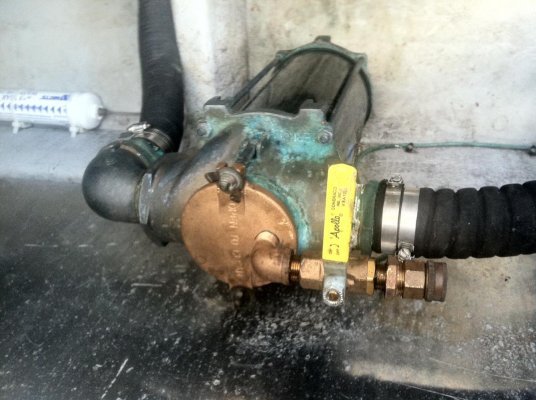Baggiolini
Senior Member
I was on my surveyors boat on Thursday and he had rigged a freshwater flush system by tapping the top of his groco sea strainer adding a nipple, a valve and a quick disconnect garden hose adapter. Interesting idea, especially if you aren't going to be on the boat for a few weeks.
I know groco sells a whole new sea strainer with an adapter but has anyone ever rigged one?
Pro/con for flushing?
I know groco sells a whole new sea strainer with an adapter but has anyone ever rigged one?
Pro/con for flushing?

 ).....but my jury is still out in how much it helps.
).....but my jury is still out in how much it helps.